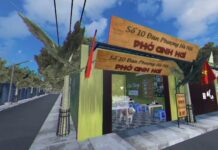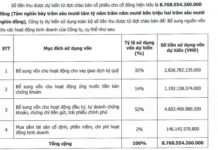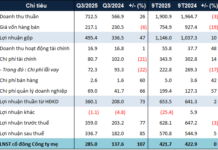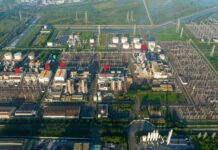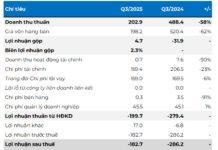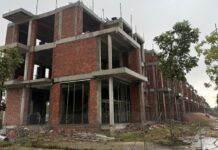The Ho Chi Minh City People’s Committee has recently issued a document approving the Department of Construction’s detailed plan for Component Project 2 – Upgrading and Expanding National Highway 13, from Binh Trieu Bridge to the former Binh Duong Province boundary. The project will be implemented through a Public-Private Partnership (PPP) model, under a Build-Operate-Transfer (BOT) contract.
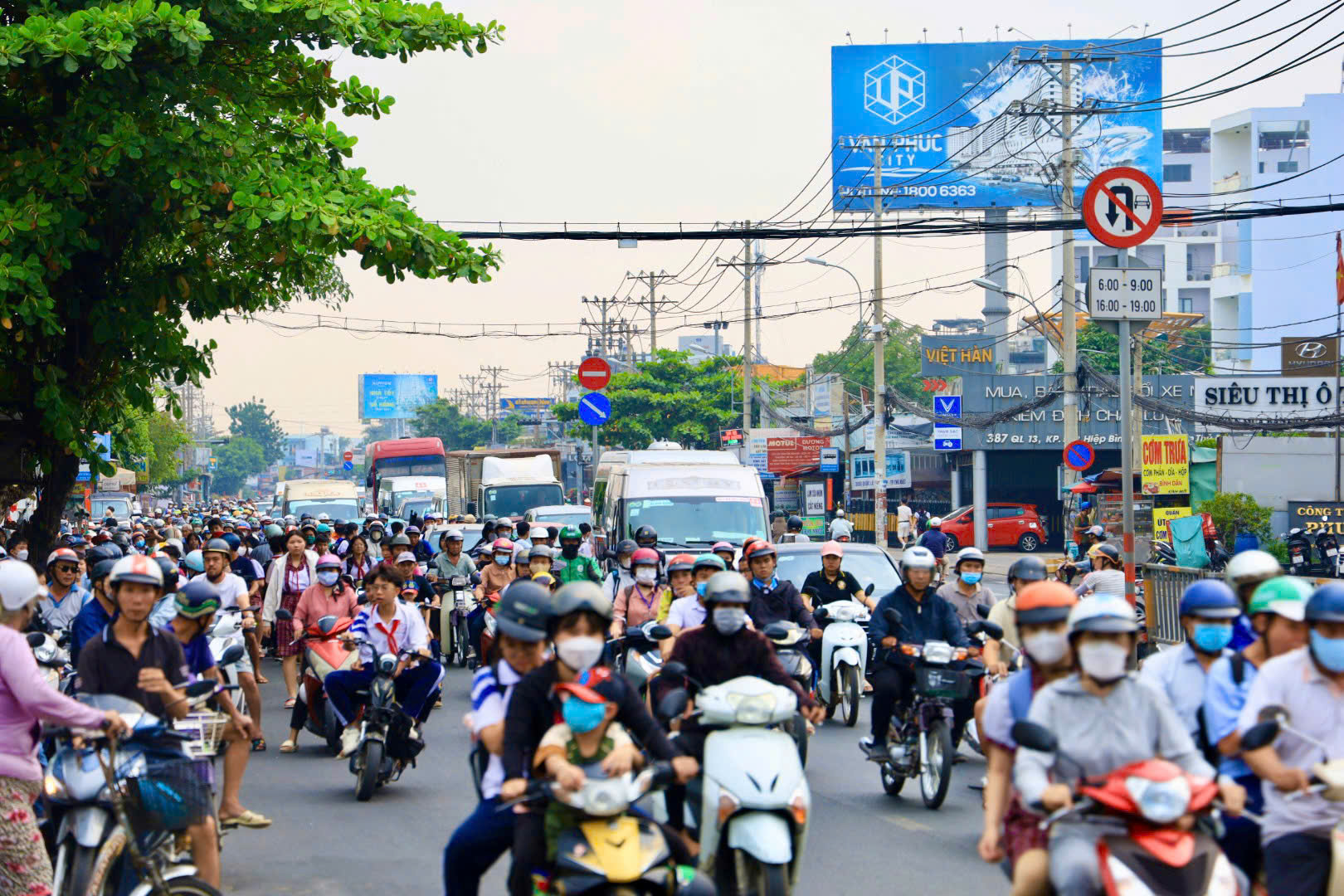
National Highway 13 serves as a vital eastern gateway to Ho Chi Minh City, facilitating connections with neighboring provinces.
As directed by the Ho Chi Minh City People’s Committee, relevant departments, agencies, localities, and units are urged to prioritize resource allocation and close collaboration to ensure the project’s timely completion and quality adherence to the outlined plan.
The Department of Construction has been designated as the lead agency, responsible for overseeing the implementation process, monitoring progress, and consolidating updates from all involved parties. In cases of challenges beyond their authority, the Department must promptly report and propose solutions to the People’s Committee for timely resolution, preventing any delays to the project’s overall timeline.
The plan submitted by the Department of Construction outlines a clear roadmap.
In Q4/2025, the feasibility study report for Component Project 2 will be finalized, evaluated, and approved. Subsequently, the investor selection through bidding and contract signing is scheduled for completion between Q1 and early Q2/2026.
In Q3/2026, detailed construction design procedures following the basic design will be submitted for evaluation and approval.
By Q4/2026, the construction contractor will be selected, and the groundbreaking ceremony will be organized.
The project is expected to be completed and operational by 2028, significantly reducing congestion and enhancing traffic flow on the northern gateway of Ho Chi Minh City.
Previously, the Ho Chi Minh City Department of Construction developed a comprehensive plan for the entire upgrade and expansion of National Highway 13, a critical artery connecting Ho Chi Minh City with the Southeast region. The total investment exceeds VND 21,724 billion, with over VND 14,700 billion allocated from the city’s budget for Component Project 1 (compensation, support, and resettlement) and more than VND 7,017 billion from the investor for Component Project 2 (road upgrade and expansion).
Preliminary calculations indicate that the investor will recover the investment through toll collection over approximately 18 years and 4 months. Upon completion, the project is anticipated to alleviate traffic pressure, enhance cargo transport capacity, and stimulate socio-economic development in the northern gateway area of Ho Chi Minh City, fostering trade between the city and neighboring provinces in the Southern Key Economic Region.
Transforming Connectivity: Major Transport Projects Linking Can Gio Set to Commence in 2026
A series of pivotal transportation projects connecting Can Gio are set to transform the region’s infrastructure. These include the Rung Sac interchange with the Ben Luc – Long Thanh Expressway, the Can Gio Bridge, and the Ho Chi Minh City – Can Gio metro line, all slated to begin construction in 2026. Additionally, the proposed Can Gio – Vung Tau sea-crossing road is under investment study, further propelling the area into a new era of infrastructure development.
Phú Quốc to Launch Nearly 9,000 Billion VND Metro Line
The first phase of Phú Quốc Island’s urban metro line project is set to break ground later this year, with completion targeted for mid-2027, just in time for the APEC summit. This ambitious initiative, undertaken through a public-private partnership (PPP) model, boasts an estimated investment of nearly 9 trillion VND.





